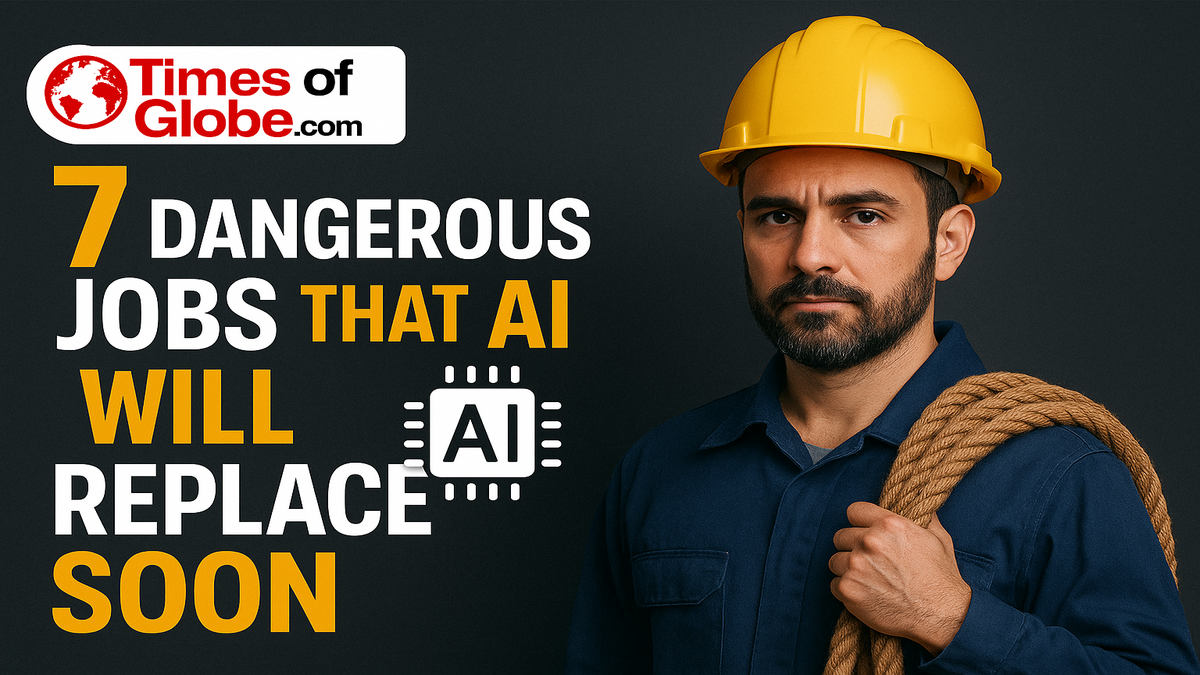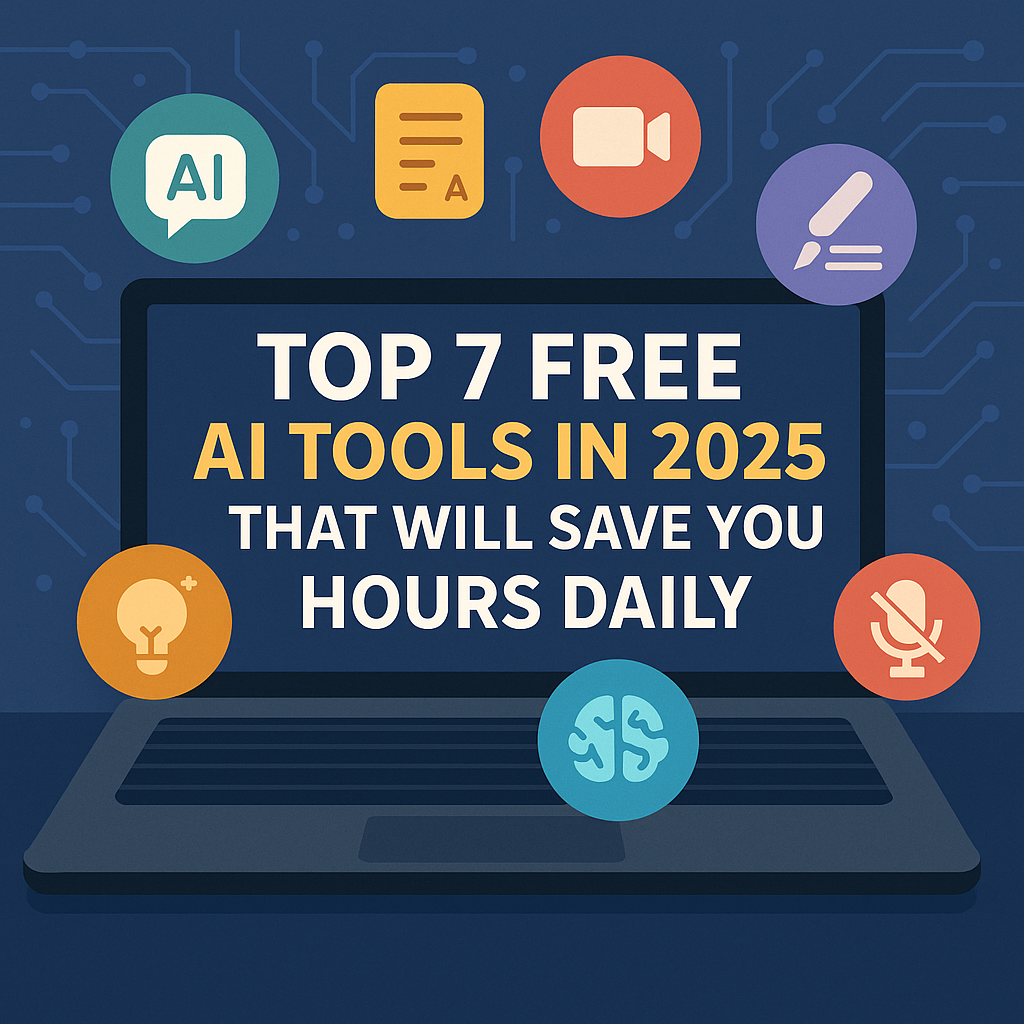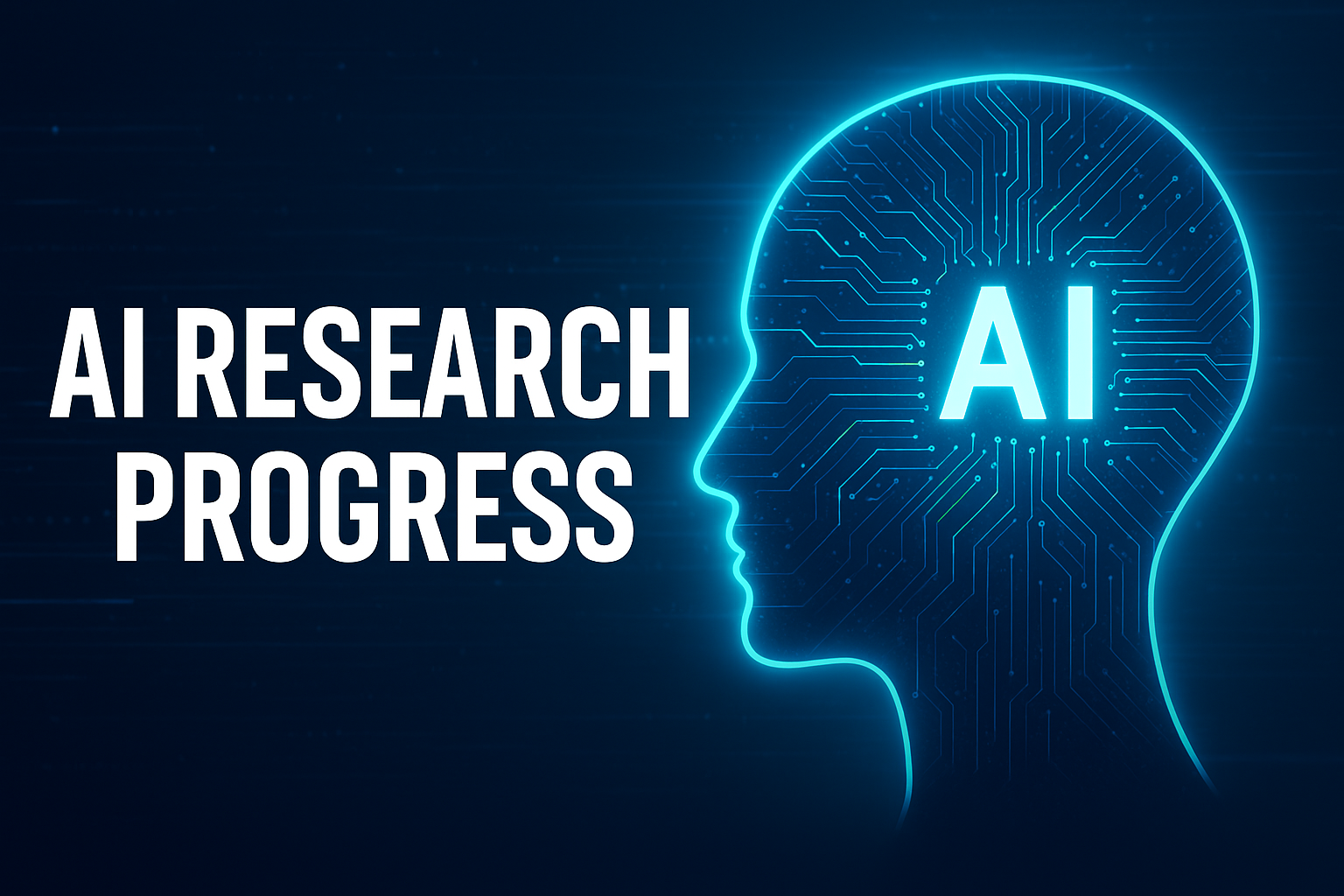
Introduction: Robotics in 2025 Is Here to Stay
The world of robotics is evolving faster than ever. We’re entering a new era where machines aren’t just performing physical tasks—they’re thinking, learning, adapting, and even expressing emotions. Robotics in 2025 is more than just automation; it’s a complete transformation of how industries function, how services are delivered, and how people interact with technology in their daily lives.
What used to be futuristic dreams—robots that talk, deliver food, or assist in complex surgeries—are now a part of our reality. As artificial intelligence (AI), machine learning, and IoT (Internet of Things) continue to integrate with robotics, the impact is becoming more personal, more powerful, and more permanent.
Let’s dive deep into seven revolutionary innovations that define robotics in 2025 and how they are impacting every corner of our world.
1. AI-Driven Service Robots
AI-powered service robots are the silent heroes behind hospitality, retail, and customer service industries in 2025. These robots are equipped with natural language processing (NLP), facial recognition, and emotional intelligence software, allowing them to respond to customers more accurately and politely.
In airports, you might encounter a robot that checks boarding passes and guides travelers to their gates. In restaurants, these bots take orders, serve meals, and offer multilingual support. Companies like SoftBank Robotics and LG CLOi have been leading this charge globally.
Alt Text: A smiling AI service robot welcoming guests at a hotel in 2025
2. Collaborative Industrial Robots (Cobots)
Collaborative robots, or cobots, are transforming factories across the globe. Unlike traditional industrial robots that work in isolation, cobots are designed to work alongside humans. They learn from human actions and adapt to real-time inputs, making them safer and more flexible in industrial environments.
Cobots are increasingly used in automotive, electronics, and consumer goods manufacturing. According to a report by the International Federation of Robotics, the use of cobots is expected to rise by over 25% annually through 2025.
🟢 Internal Link: More on AI-Powered Industries
3. Autonomous Delivery Robots
Delivery robots are already on the move—and by 2025, they’re everywhere. Whether delivering groceries, food, or online purchases, autonomous bots are solving last-mile delivery challenges with speed and precision.
Powered by GPS, cameras, LIDAR, and AI navigation systems, these bots can avoid obstacles, wait at crosswalks, and even ride elevators. Starship Technologies and Amazon Scout are leading this sector, saving time, money, and reducing carbon footprints in urban areas.
External Link: Starship Technologies – Learn More
4. Smart Surgical Robotics
Medical robotics has made remarkable progress. Surgical robots now assist doctors in performing high-precision, minimally invasive surgeries. The famous Da Vinci Surgical System is already saving lives with more accuracy and control than ever before.
In 2025, smart surgical robots are using AI to provide real-time feedback, image-guided assistance, and even predictive diagnostics. This reduces post-operative recovery time and improves overall patient outcomes, especially in critical fields like neurosurgery, cardiology, and oncology.
5. Humanoid Robots That Think and Feel
If there’s one innovation that captures our imagination, it’s the humanoid robot. These robots resemble humans in appearance and interaction. From Sophia by Hanson Robotics to Tesla’s Optimus, humanoid robots are no longer prototypes—they’re functioning members of society.
They can assist in classrooms, care for the elderly, work as receptionists, or simply serve as companions for those who need emotional support. Their ability to read facial expressions, hold a conversation, and respond with emotion is truly groundbreaking.
6. Agricultural Robotics: Farming the Future
Agriculture is going through a silent revolution, thanks to robotics. With rising global food demands and decreasing agricultural labor, smart robots are now handling sowing, weeding, watering, and harvesting tasks with precision.
These agrobots use sensors, computer vision, and satellite data to monitor crop health and optimize yields. Companies in Japan, Israel, and the Netherlands have already started using robotic fleets to manage their farmlands sustainably and cost-effectively.
🚜 These innovations are helping feed the world—one robot at a time.
7. Emotional AI in Robotics
One of the most futuristic and impactful developments is emotional intelligence in robots. Known as Emotional AI, this allows machines to analyze human feelings based on facial expressions, body language, voice tone, and language patterns.
This tech is being used in therapy, education, and customer experience. Imagine a robot counselor that can sense when you’re sad or stressed and offer comforting words. Companies like Affectiva and Emoshape are revolutionizing how robots emotionally connect with us.
Alt Text: Emotional AI robot comforting a child in a hospital
8. The Road Ahead: What’s Next in Robotics?
As we move beyond 2025, the role of robots in society will continue to expand. We’ll see more ethical debates about robot rights, automation replacing jobs, and the balance between human control and machine autonomy. But there’s no denying that robotics in 2025 has laid the foundation for a smarter, more automated future.
Robots won’t just be tools—we’ll see them as coworkers, caretakers, assistants, and perhaps even friends.
Conclusion: Embracing a Robotic Future
Robotics in 2025 is proof that we are living in the future. From simplifying surgeries to delivering packages, assisting on farms, and even caring for our emotional needs, robots are becoming an essential part of human society.
This is not about replacing humans but enhancing human potential. If we continue innovating responsibly and inclusively, robotics will improve quality of life for billions around the world



